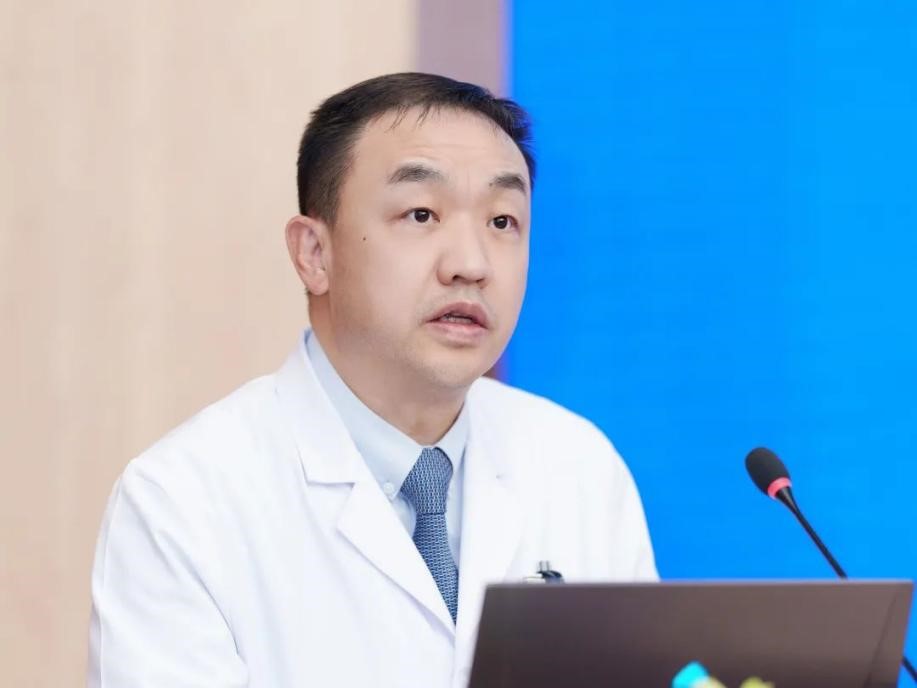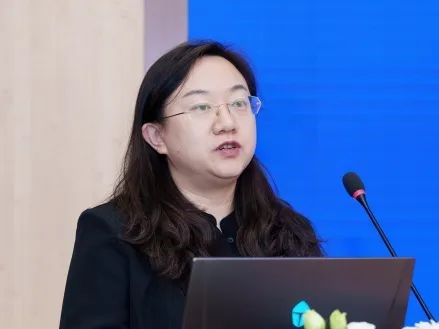The kickoff meeting for “Development of Precision Diagnosis and Treatment System for Spinal Deformities and Research on Key Technologies”, a national key research and development program during the 14th five-year plan period, was recently held in Beijing. Led by PUMCH, the program aims to establish a new model for the diagnosis and treatment of spinal deformities and to build systems of secondary and tertiary preventive strategies for spinal deformities. Peng Bin, Vice President of PUMCH, and Lu Shan, Section Chief from the China National Center for Biotechnology Development, attended the meeting and delivered a speech.

In his speech, Vice President Peng Bin drew attention to the long-term commitment of the Department of Orthopedics, PUMCH to innovation in science and technology and the tremendous achievements made. He emphasized three key yardsticks for the program team: First, high quality, which denotes taking a meticulous and solid approach to improve clinical performance relentlessly and benefiting the general public with scientific and technological progresses; second, high standards, by which the program team should benchmark themselves against top performers and set sights on international frontiers, speeding up their efforts to make breakthroughs in key technologies; third, high output, for which the team should vigorously play a leading role in building platforms, grooming talents and staying productive.

Section Chief Lu Shan expressed the hope that the program team would leverage high-level innovation platforms and bring together well-performing teams to collaborate on high-quality research. The goal is to provide advanced clinical evidence, high-quality methods, techniques, and products for the diagnosis and treatment of spinal deformities.

The program leader, Director Zhang Jianguo of the Department of Orthopedics, provided more information on the program: Focused on the development of a precision diagnosis and treatment system for spinal deformities and research on key technologies, the program aims to facilitate research on spinal deformities and the development of orthopedic science through information technologies and digital instruments. By establishing clinical cohorts and multi-modal databases and developing systems, the program aspires to yield results that can make a difference in clinical practices and to explore integrated, comprehensive management solutions to early diagnosis and treatment of spinal deformities. Furthermore, the program seeks interdisciplinary collaboration to develop successful paradigms in medical research and improve diagnosis and treatment research for spinal deformities in China overall.

Under the program there are six specific projects that are led by PUMCH, Xinhua Hospital Affiliated to Shanghai Jiao Tong University School of Medicine, Xuanwu Hospital Capital Medical University, Nanjing Drum Tower Hospital Affiliated to Nanjing University Medical School, Zhejiang University, and the Chinese PLA General Hospital. These projects will run concurrently across 15 medical research institutions.
Guo Wei, Deputy Section Chief of the China National Center for Biotechnology Development, also attended the kickoff meeting. During the meeting, colleagues from the Department of Scientific Research and the Department of Finance, PUMCH introduced the requirements on program management and funding utilization. Personnel in charge from the 15 medical research teams discussed the program implementation plan.

Written by Yang Siqi and Gan Dingzhu
Pictures courtesy of the Department of Orthopedics
Translated by Liu Haiyan
Reviewed by Wang Wei and Wang Yao
